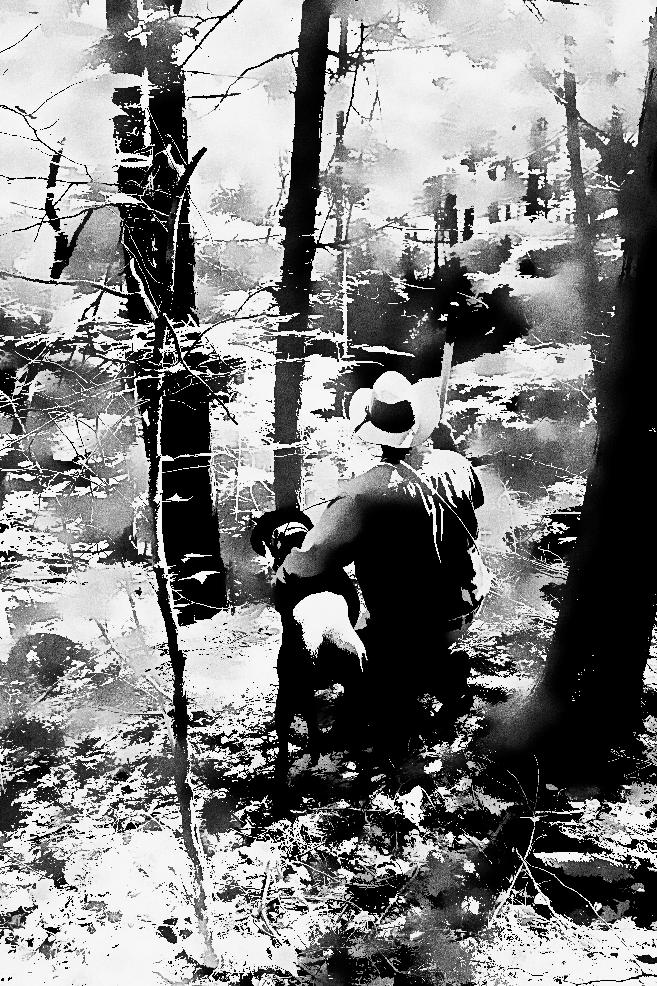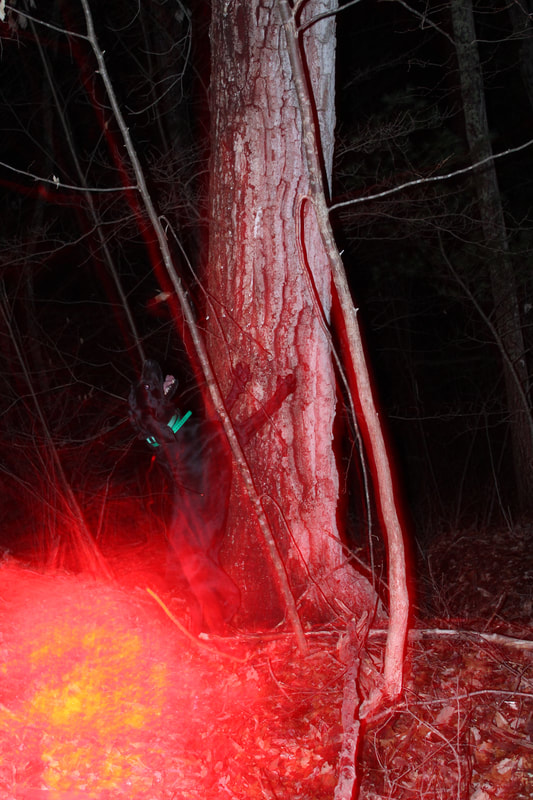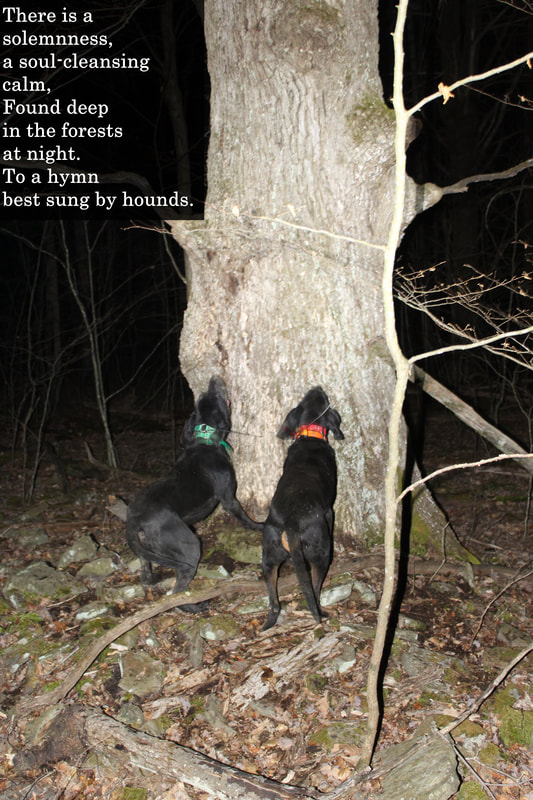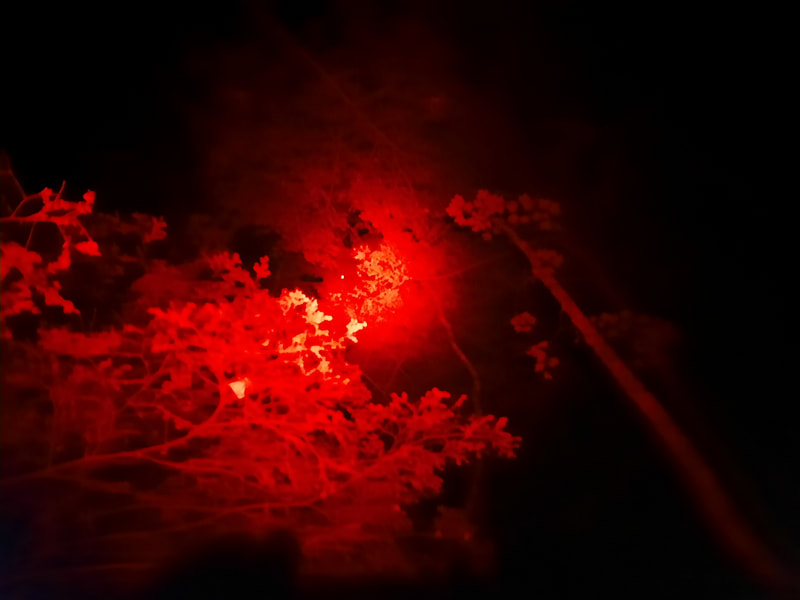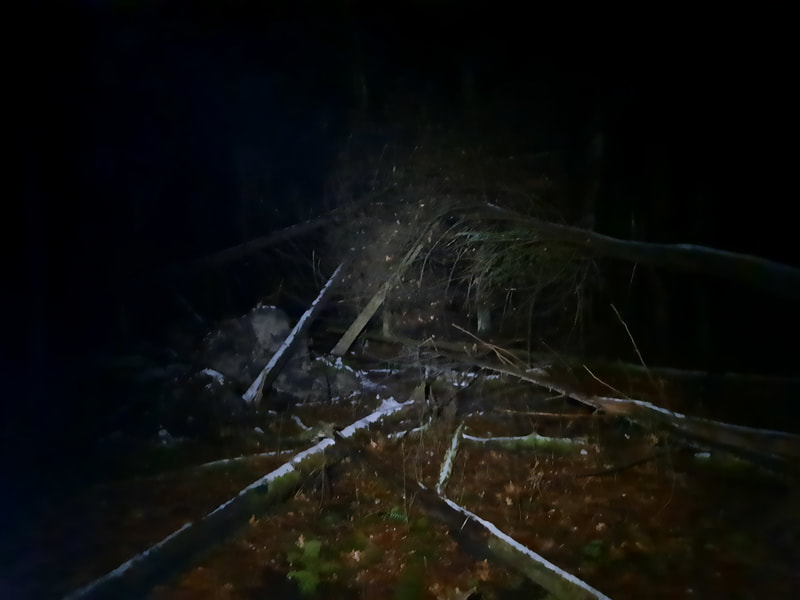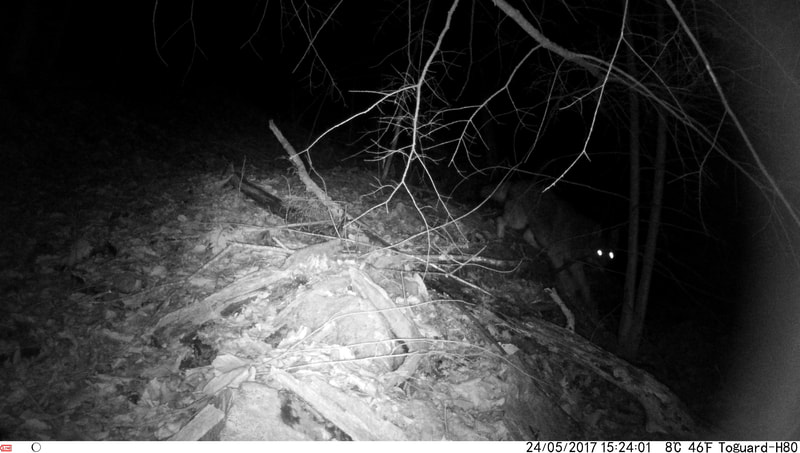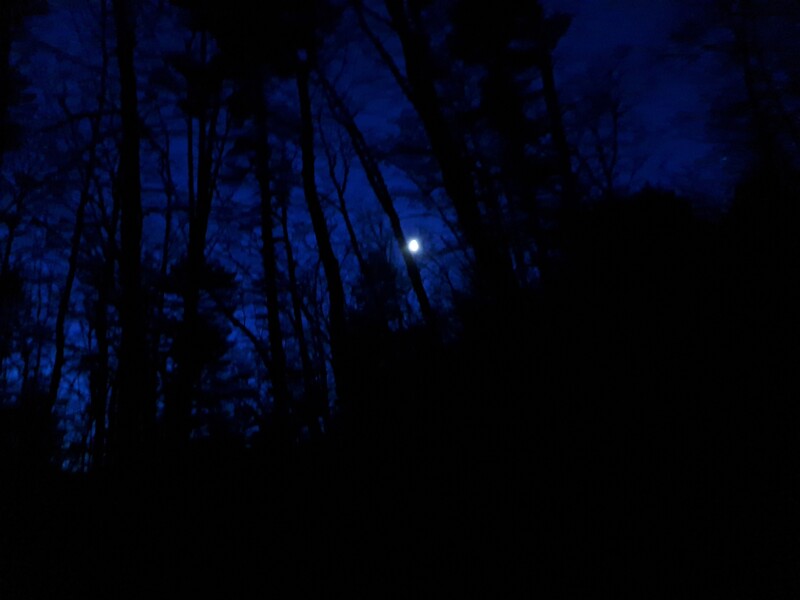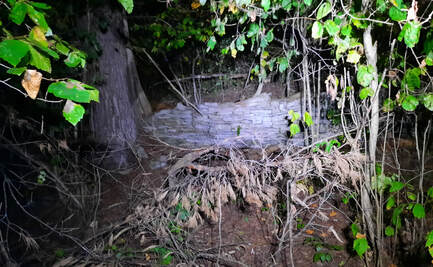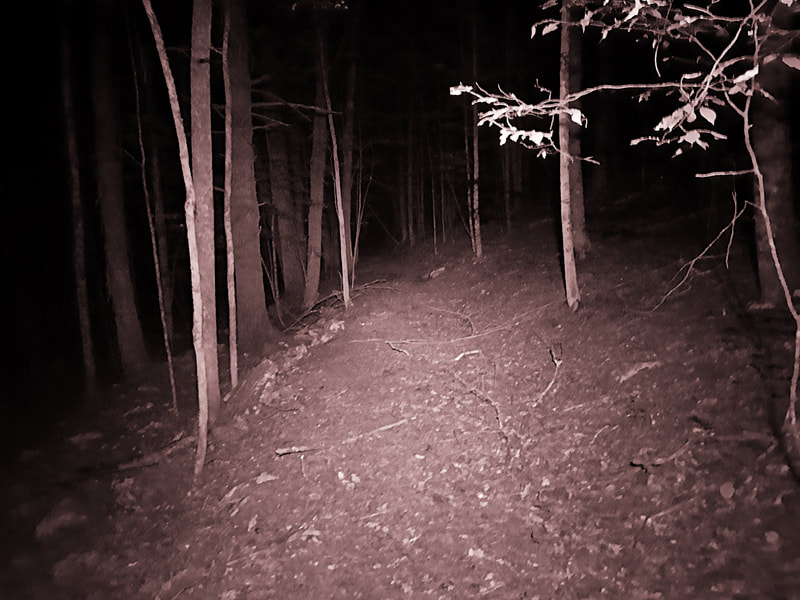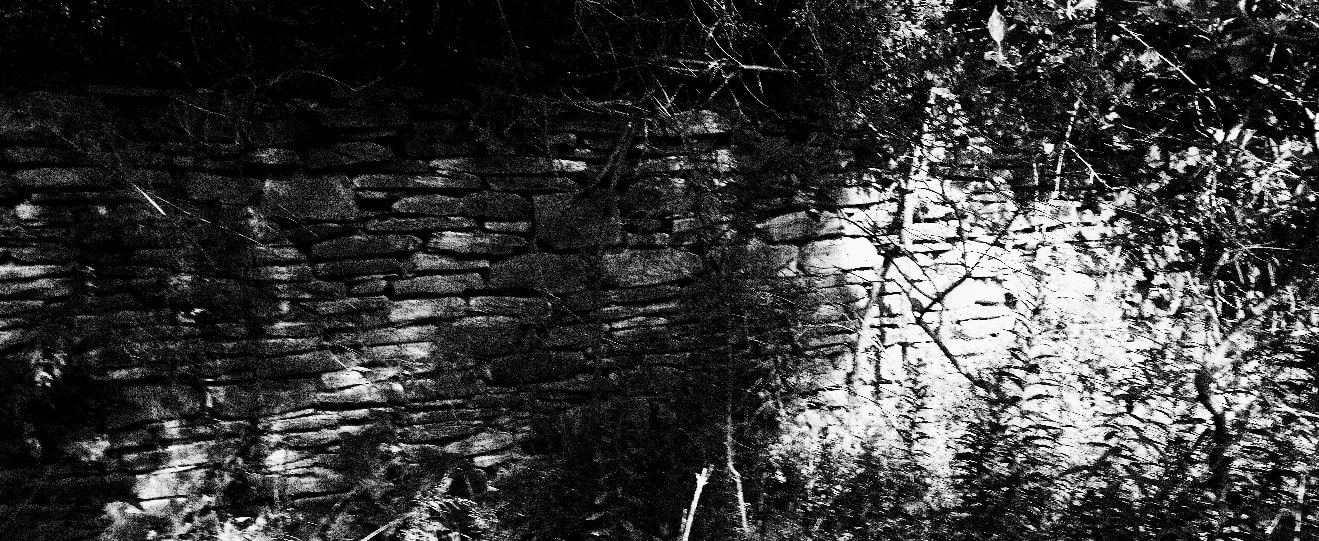The Magical Realism of the Ryland Creek Saga
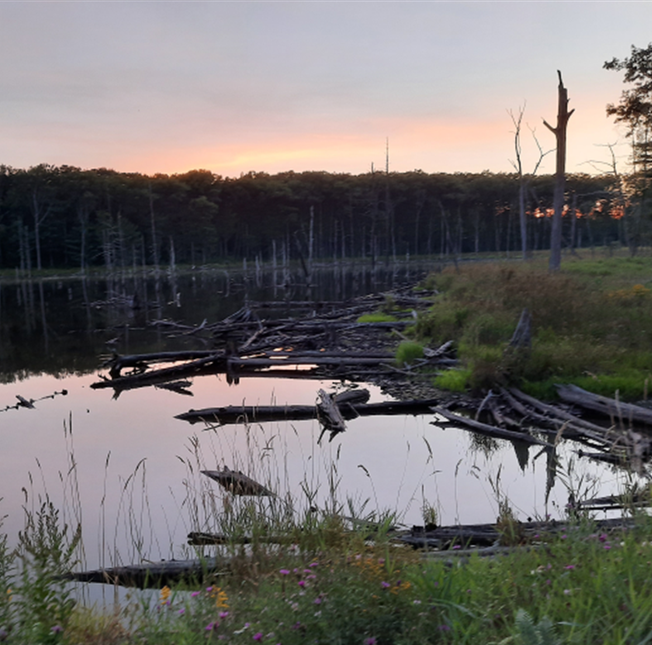 A swamp in the forests of Painted Post
A swamp in the forests of Painted Post
A Continuing Theme
There are many “catch phrases” throughout the entire Ryland Creek saga.
One of those repeated themes: “There's a magic here in the forests of Painted Post, if you know where to look.”
For those who’ve been in these forests for any length of time, you know what I mean. Particularly at night.
But that’s more “real” than "magical realism."
A Working Definition
When books are categorized, we often associate them with a genre. At the broadest level, we could categorize a book as either fiction or non-fiction, but these categories are broken down into more definable genres for readers to quickly find in libraries, bookstores, and search engines.
There are many “catch phrases” throughout the entire Ryland Creek saga.
One of those repeated themes: “There's a magic here in the forests of Painted Post, if you know where to look.”
For those who’ve been in these forests for any length of time, you know what I mean. Particularly at night.
But that’s more “real” than "magical realism."
A Working Definition
When books are categorized, we often associate them with a genre. At the broadest level, we could categorize a book as either fiction or non-fiction, but these categories are broken down into more definable genres for readers to quickly find in libraries, bookstores, and search engines.
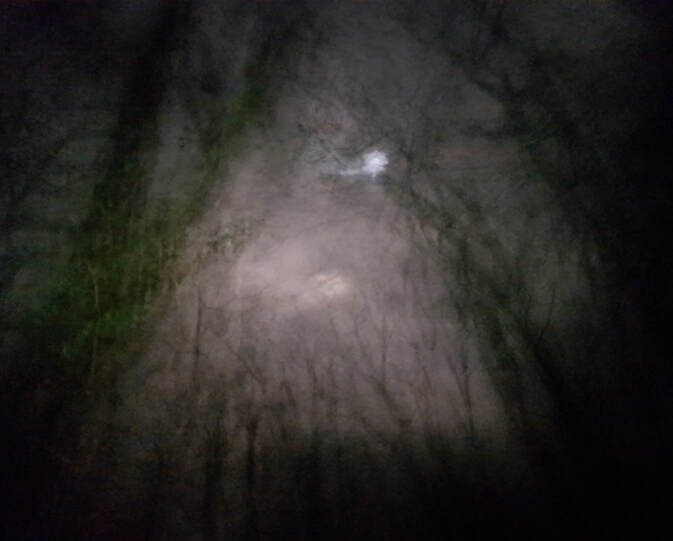 A cloudy night in the forest.
Note: The "special effects" were caused by my headlamp, not magical realism . . . Or was it?
A cloudy night in the forest.
Note: The "special effects" were caused by my headlamp, not magical realism . . . Or was it?
Fiction has many genres:
To name a few!
As a writer, it’s important to know your book’s genre—particularly if you’re querying literary agents to represent your book to a traditional publisher—as literary agents often specialize and won’t consider your book if it’s not one of their preferred genres.
However, magical realism isn’t so much a genre as an element of a book’s story.
Magical realism occurs in a story primarily set in the real world that we know everyday but with hints or elements of magic embedded in the plot. So, if you have wizards and dragons (a la J.R.R. Tolkien or J.K. Rowling) in your story, that’s not magical realism but outright fantasy, because magic is a readily accepted part of that world.
- Literary fiction
- Women’s literature
- Science fiction,
- Fantasy
- Horror
- Family sagas . . .
To name a few!
As a writer, it’s important to know your book’s genre—particularly if you’re querying literary agents to represent your book to a traditional publisher—as literary agents often specialize and won’t consider your book if it’s not one of their preferred genres.
However, magical realism isn’t so much a genre as an element of a book’s story.
Magical realism occurs in a story primarily set in the real world that we know everyday but with hints or elements of magic embedded in the plot. So, if you have wizards and dragons (a la J.R.R. Tolkien or J.K. Rowling) in your story, that’s not magical realism but outright fantasy, because magic is a readily accepted part of that world.
There are numerous elements/hints at magical realism within the Ryland Creek saga, beginning with Book I:
- A rogue bear, borrowing from the Iroquois legend of the Great Bear
- Tales of horrid beasts, immortal Jesuit priests, witches, and ghouls in the hills and swamps of Painted Post . . .and are they (really) just stories?
- Battling wizards of long ago, creating the Black Swamp
- Avenging, ghostly Seneca chieftains
- An odd fellow, Joe the Storyteller—first formally introduced in The Master of Hounds—but one begins to wonder if Joe wasn’t in the background for the entire saga all along.
- Painted Post—the land itself—reaching character status
- Time travel to a Painted Post of yesterday, which allowed me to sneak in a lot of history, legend, and lore into the storyline of The Time of the Backroads, with a new character, retired NY State Game Warden, Fulton Wainwright
So, it became a great deal of fun to intertwine magical realism into the nighttime ringtail chases in the darkened forests of Upstate New York, where a haunting element can go a long way.
In the "video" clip below: the real Seth trailing a raccoon. Truth be told, I never took my cell phone out of it’s case, but it wouldn’t have made a difference as I’d turned off my headlamp to listen to my faithful hound.
As you listen along, you’ll hear someone else make an entrance.
It’s sort of magical. But then again, it is Painted Post, after all.
